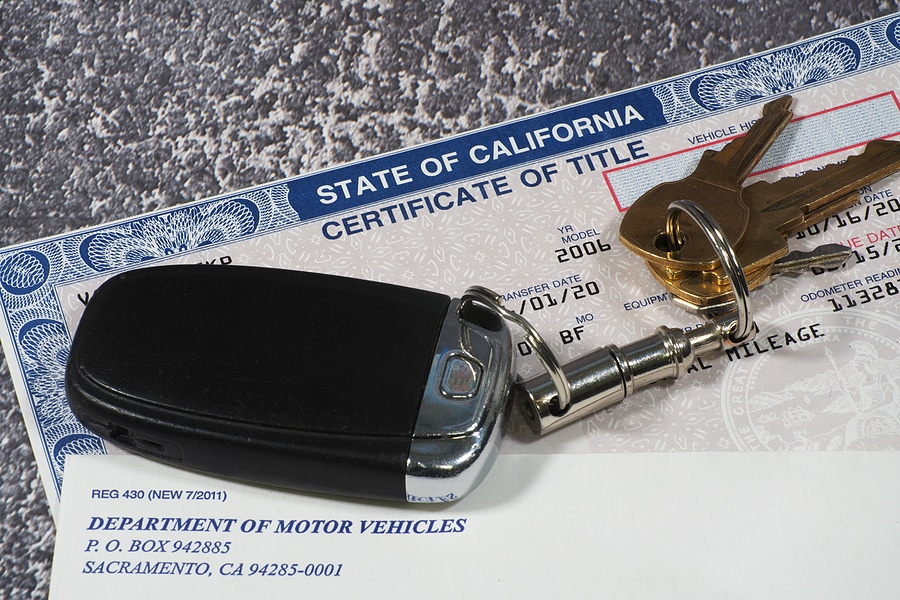If you’re purchasing a vehicle from out-of-state, you’ll need to navigate the process of transferring the vehicle’s title from one state to another. An out-of-state vehicle title transfer can be a complex and time-consuming task, but understanding the steps involved can make the process much smoother. Continue reading to learn more from the team at Consolidated Automotive Services of Indiana.

Step 1: Gather Required Documentation
Before you begin the title transfer process, collecting all the necessary documents is crucial. While the specific requirements may vary from state to state, the typical documents include the following:
- The Current Title: This document is proof of ownership and must be signed by the seller.
- Bill of Sale: Some states require a bill of sale as evidence of the transaction between the buyer and seller.
- Application for Title and Registration: You must complete the appropriate form for your new state. This form is typically provided by your state’s DMV or available for download on their website.
- Odometer Disclosure Statement: An odometer disclosure statement may be necessary if the vehicle is under a certain age or meets specific mileage requirements.
- Proof of Insurance: You must provide proof of auto insurance in your new state.
- Identification: A valid driver’s license or identification card is often required.
- Safety and Emissions Certificates: Some states require safety and emissions inspections before transferring the title.
- Lien Release: If the vehicle has a loan or lien, you’ll need a lien release from the lender.
Step 2: Pay Applicable Fees
Transferring a vehicle title typically incurs fees, which can vary depending on your state and the specific circumstances. Common fees include title transfer fees, sales tax, and registration fees. Check with your state’s DMV for a breakdown of the fees you’ll need to pay and the accepted payment methods.
Step 3: Visit Your State’s DMV or Equivalent Agency
Once you have all the required documentation and have paid the necessary fees, you must visit your state’s DMV or equivalent agency in person. Depending on the state, you may need to make an appointment in advance, so check the requirements on their website. At the DMV, a representative will review your documents, verify the vehicle’s identification number (VIN), and process your title transfer. Be prepared to provide any additional information or documentation if requested.
Step 4: Obtain Your New Title and Registration
Once the title transfer is complete, you will receive a new title and registration documents in your name. These documents are crucial for proving ownership and ensuring that your vehicle is legal to drive in your new state.
At Consolidated Automotive Services of Indiana, we offer our expertise in car title services to all 50 states. Contact us today at (812) 988-8300 to receive a quote.
